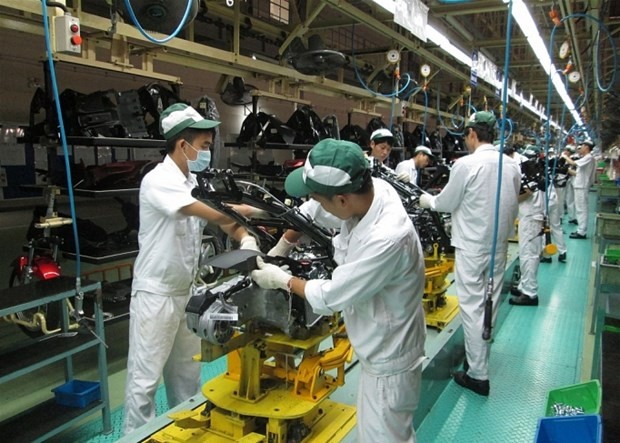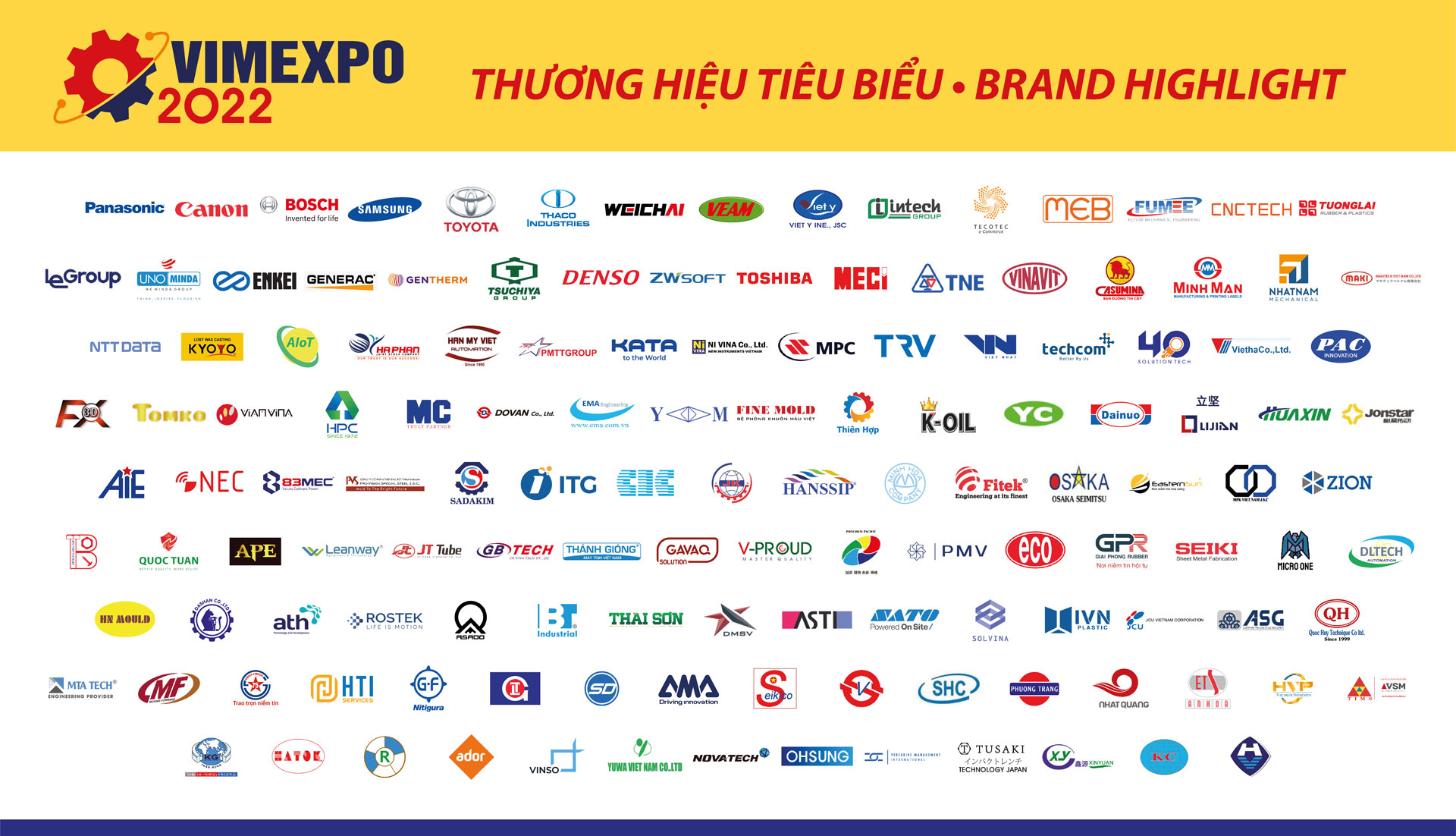Vietnam has emerged as one of Asia’s great success stories, backed by stable political system, commitment to sustainable growth, relatively low inflation, strong FDI inflows, youthful and digital population, and strong manufacturing sector. In addition, the country has a large domestic market and a growing middle class. These dynamic factors have created an extraordinary opportunity for international investors to take advantage of the regional growth prospective and focus their attention on Vietnam, particularly in the manufacturing sector.
In this article, we seek to explore the manufacturing environment in Vietnam and the opportunities available for international investors who are interested in expanding their operation in country, with insights on the market entry process and the particularities of the industry.
Vietnam: A manufacturing hub
The fourth wave of pandemic severely impacted the Vietnam economy, with lockdowns, suspension of business, travel restrictions, and disruptions in supply chains. However, the authorities’ decisive actions managed to weather the storm, particularly with stimulus packages designed to help the most affected individuals and businesses through a combination of tax breaks and cash transfers. Consequently, Vietnam’s economy has remained resilient, expanding by 2.58% in 2021 and became one of the countries in the world which recorded positive economic growth. The World Bank predicted Vietnam’s economy to grow at 5.5% in 2022 while the IMF projected a higher 6.6%.
In 2021, Vietnam’s manufacturing sector accounted for over 25% of the country’s GDP, supported by a consistent flow of new investments in production facilities form across the region, particularly China, Japan, South Korea and Taiwan.
The Vietnam Manufacturing PMI rose to 54.3 in February 2022 from 53.7 in January. This was the 10th straight month of growth in factory activity and the steepest pace since April 2021, as the COVID-19 pandemic was under control. Both output and new orders grew the most in 10 months, while export orders rose markedly. Meantime, employment expanded for the third month running, and input buying rose sharply as firms attempted to secure inputs to support the growth of production.
‘China+1 strategy’ and the Vietnam opportunity
Vietnam leveraged its national, economical and geographical assets to become a major manufacturing hub in Asia, and is now seen as one of the preferred destinations for investors adoption a “China+1” strategy, which enables diversification of international supply chains and production facilities outside China and across multiple jurisdictions.
This strategy has enabled Vietnam to capture a substantial amount of the production expansion from China and other regional peers, due to its economic policies focused on foreign investment support, infrastructure development and decisive actions in tackling the Covid-19 pandemic.
Three pillars of the Vietnamese manufacturing advantage
Progressive taxation and FDI support policies
The Vietnamese authorities have put in place efficient and robust taxation policies dedicated to the manufacturing sector, where investors can benefit from massive tax reductions, breaks and incentives depending on the size of their project. In addition, the multitude of trade agreements which Vietnam adheres to, with the latest signed being EVFTA with the European Union, and RCEP with the Association of Southeast Asian Nations (Asean), add a significant incentive to producers across the world to expand their facilities in Vietnam, so they can take advantage of the tariffs for import or export with Asia and Europe as well.
Geographical location and infrastructure investments
Vietnam’s geographical position is a major asset for attracting investments in the manufacturing sector, as the country has direct access to the most important freight and trade routes in Asia, with a multitude of airports, rail links, seaports and direct highway systems connecting Vietnam with one of their most important trade partners – China. Coupled with consistent investment in infrastructure and industrial parks development, these make Vietnam highly attractive for the logistics sector as well, as the backbone of a growing supply chain where Vietnam takes a lead position.
Digitalization in production
The digitalization trend has become prevalent across all sectors in Vietnam, starting with the government sector which set in place strong policies for developing and growing the ‘digital economy’, and manufacturing is one of the beneficiaries of this digital evolution and cross border e-commerce.
The 2021 extensive lockdowns due to Covid-19 have emboldened the manufacturing sector in Vietnam to speed up its advancements in productivity improvements and digital transformation. This shift towards digitalization has aligned the production sector in Vietnam with the active, agile cross- border e-commerce sector, leveraging each other’s assets and opportunities to enable a synergetic growth in both.
Although Vietnam is less developed than many other e-commerce markets in SEA, it is the region’s fastest-growing online economies. The country ranks the fourth largest in Southeast Asia with the total online Gross Merchandise Value was 13 billion USD in 2021.
Vietnam e-commerce market is vibrant and competitive with the presence of local and foreign players. Ho Chi Minh city and Hanoi are the main e-commerce hubs in Vietnam with strategic location, excellent infrastructure, an increasing number of logistic providers having invested in large-scale warehouses and logistics centers.
Market entry and operational practicalities
In conclusion, the perspectives for the Vietnamese manufacturing sector looks promising in 2022 and upcoming years, as more and more investors are considering their expansion strategies into prolific and stable economies such as Vietnam, which are technologically prepared and digitally driven to offer a good mix of incentives and FDI support policies for the production sector.
However, the prerequisites for registering the manufacturing entity are significantly complex, and investors need to be aware of many factors before taking the first step, such as location, industrial zone facilities and benefits, provincial compliance and specific sectorial and geographical requirements.
Foreign investors investing in Vietnam in the form of establishing a new manufacturing entity need to obtain an Investment Registration Certificate (“IRC”) first for its “investment project”, then continue by obtaining an Enterprise Registration Certificate (“ERC”) for new company.
In order to determine the procedure and order of implementation of the establishment of the company with manufacturing factory, it is important to classify that:
- Scale, capacity and type of production, business and service
- Area of land
- Environmentally sensitive factors including high density residential areas, water source used for supply of domestic water, wildlife sanctuaries prescribed by the law on biodiversity and fisheries, types of forests prescribed by the law on forestry, other tangible cultural heritage and natural heritage sites, land meant for growing wet rice during 2 or more cropping seasons, important wetlands, migration and relocation requirements and other environmental sensitive factors.




